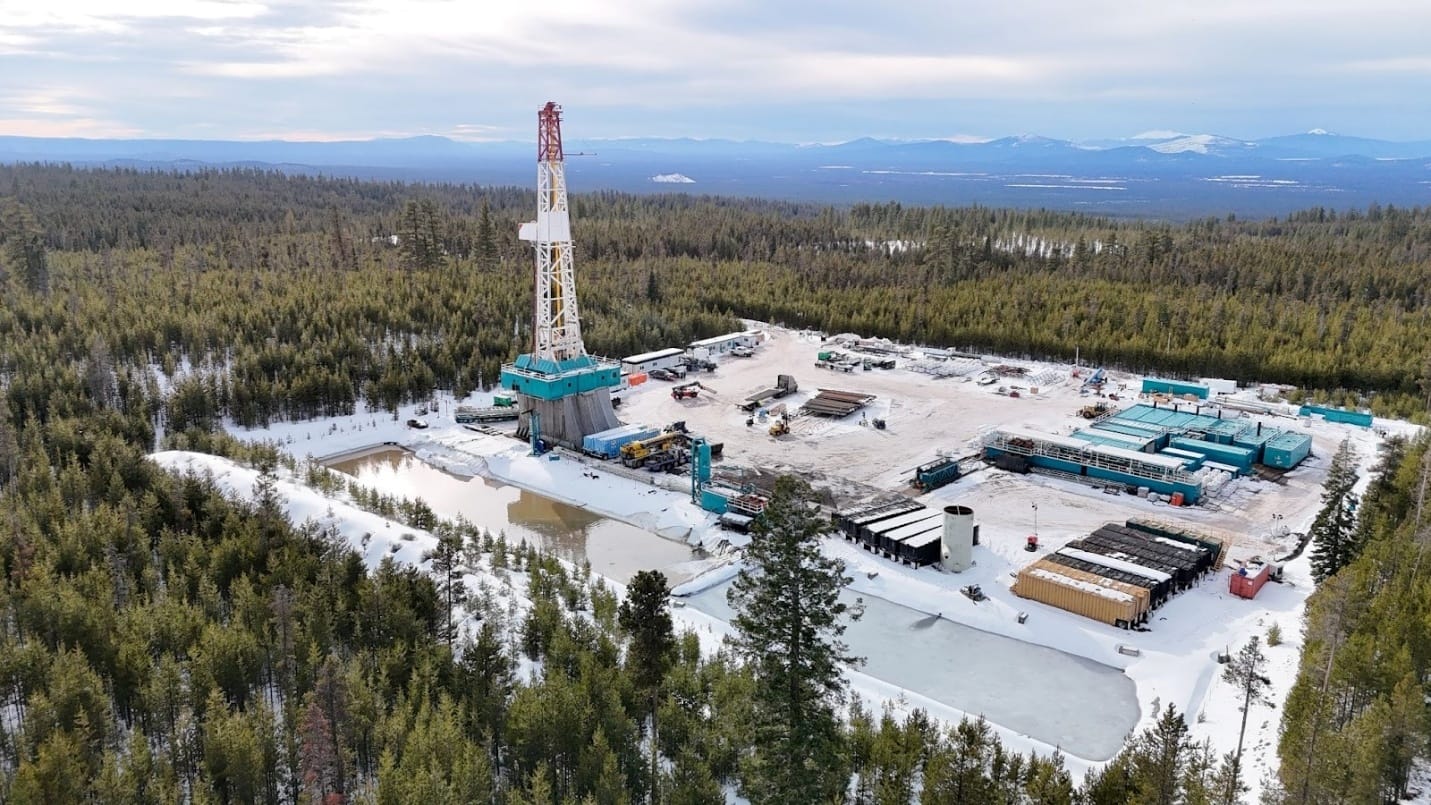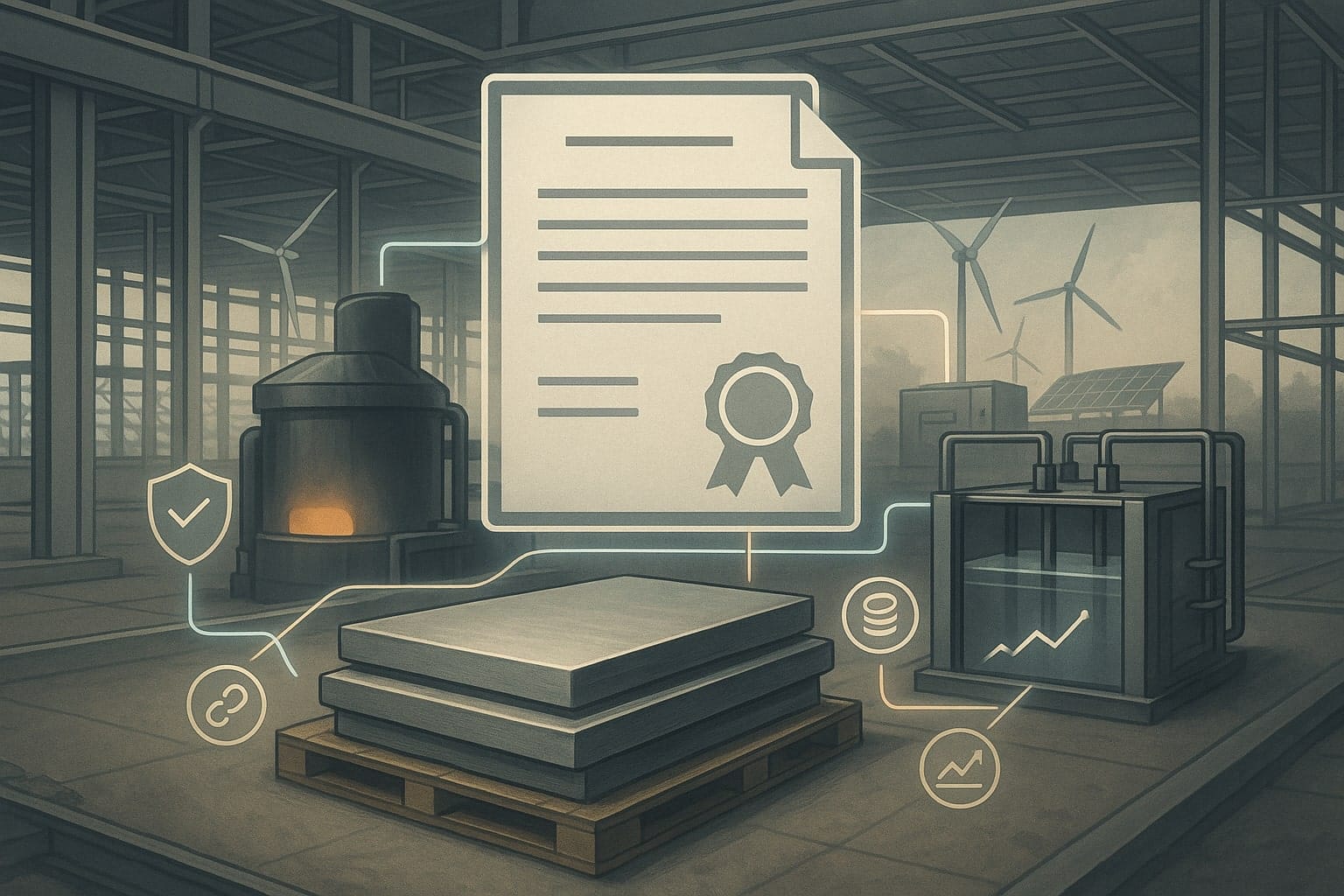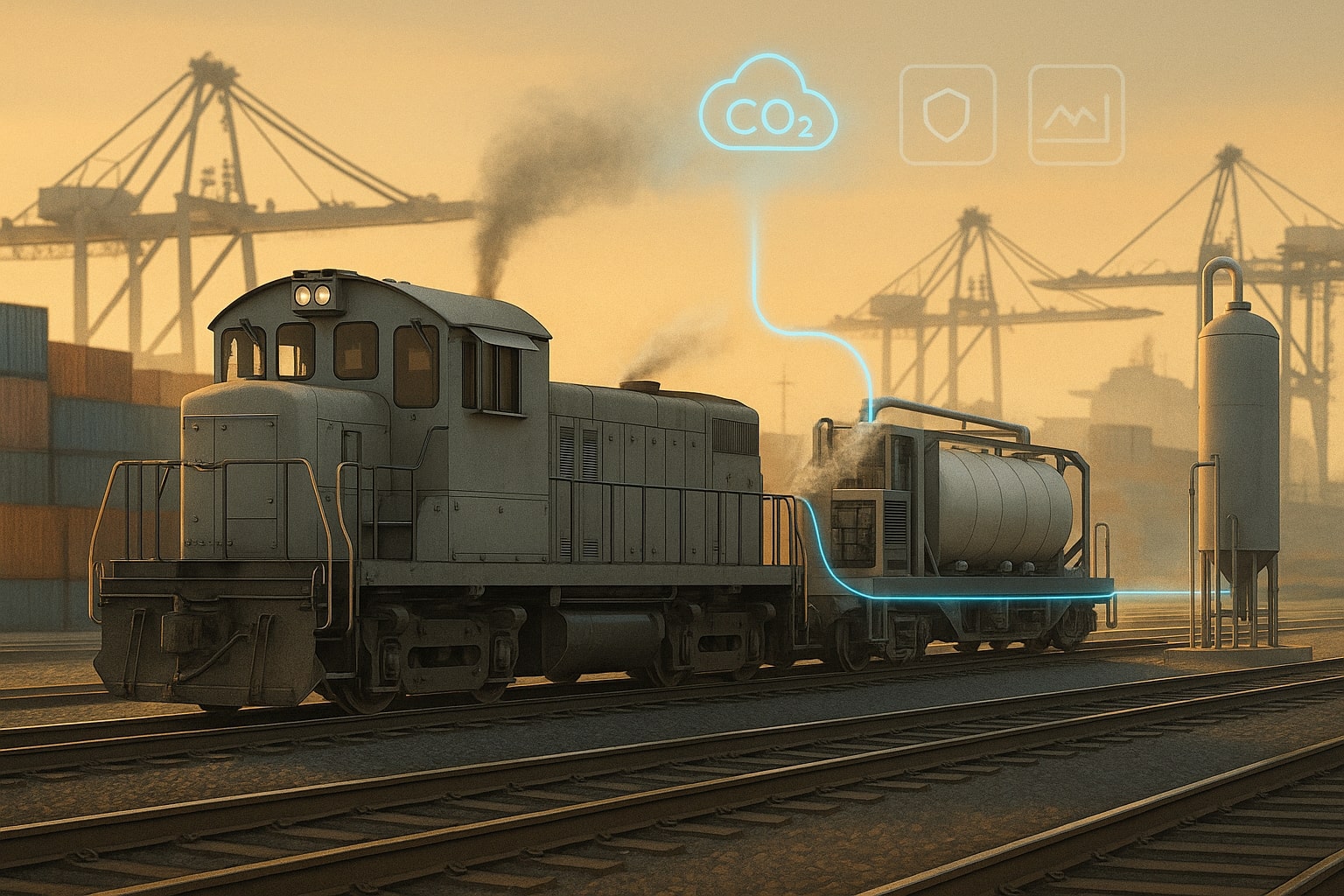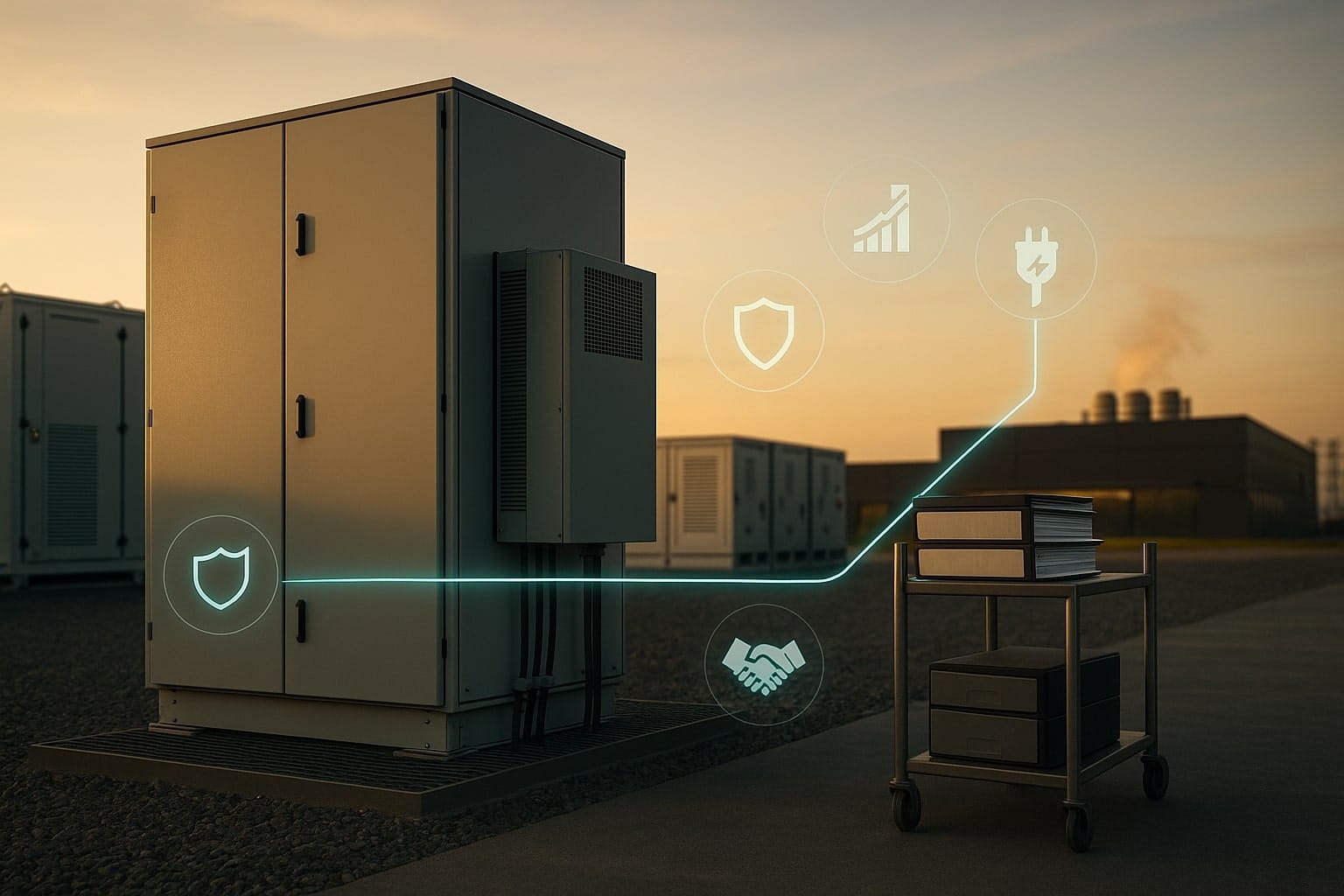Energy Impact Partners (EIP) has closed Flagship Fund III at $1.36 billion, roughly 40% larger than its predecessor and the firm’s largest fund to date. The strategy targets growth and mid-market private-equity opportunities that can harden today’s grid while preparing for tomorrow’s load—much of it coming from data centres and electrification. EIP says it’s already deployed or committed about a quarter of the fund across nine companies.
The timing is not subtle. The U.S. EIA this week projected record U.S. power consumption in 2025–26, driven by data centres, AI and electrified heat and transport; in parallel, the IEA now expects global data-centre electricity use to roughly double by 2030. The investment case is straightforward: reliability and flexibility are becoming capacity in their own right.
Table of Contents
ToggleA growth vehicle built for scale, not sizzle
Where early-stage climate VC chased proofs-of-concept, EIP’s new flagship explicitly goes where technologies are already commercially validated and need capital to scale—power electronics, demand-response, distributed energy orchestration, and behind-the-meter electrification. The fund’s scale and remit—growth and mid-market PE—matter because they can finance the expensive, unglamorous pieces (integration, working capital, multi-site roll-outs) that tend to stall post-pilot.
The coalition behind the money is the tell. More than 75 LPs—notably utilities and industrials—are in the tent. Southern Company and Xcel Energy are named backers; both frame their commitments as a way to surface deployable tech while demand climbs. That LP mix doesn’t just bring capital; it brings procurement channels and offtake—the currency that de-risks scale.
EIP says nine companies are already in scope for Fund III, including: Convey (utility communications), Site 2020 (worksite management that enables T&D build-out), GridBeyond (flexibility and DER management) and Quilt (home heat pumps + energy management). The portfolio skews to operational leverage on the grid rather than speculative generation bets—exactly where load growth and customer expectations collide.
Why this matters for FOAK: growth money as a bridge to bankability
The industry’s sticking point has been the “missing middle”—the capital gap between venture-proven tech and first-of-a-kind (FOAK) commercial deployment at plant or fleet scale. Investor surveys this summer still showed FOAK funding expectations deteriorating into 2026. What turns the tide is not just more venture: it’s growth equity paired with anchor customers, policy backstops and structured debt.
That is where a strategic-LP growth fund can change the risk calculus. Corporate LPs can pre-validate suppliers, issue pilots that look like proto-offtake, and shorten due-diligence cycles for lenders. The U.S. DOE’s FOAK case-study compendium documents how projects that bundle offtake, public credit support and patient equity repeatedly cross the valley of death; the relevant lesson is that corporate demand signals are as catalytic as cheap capital.
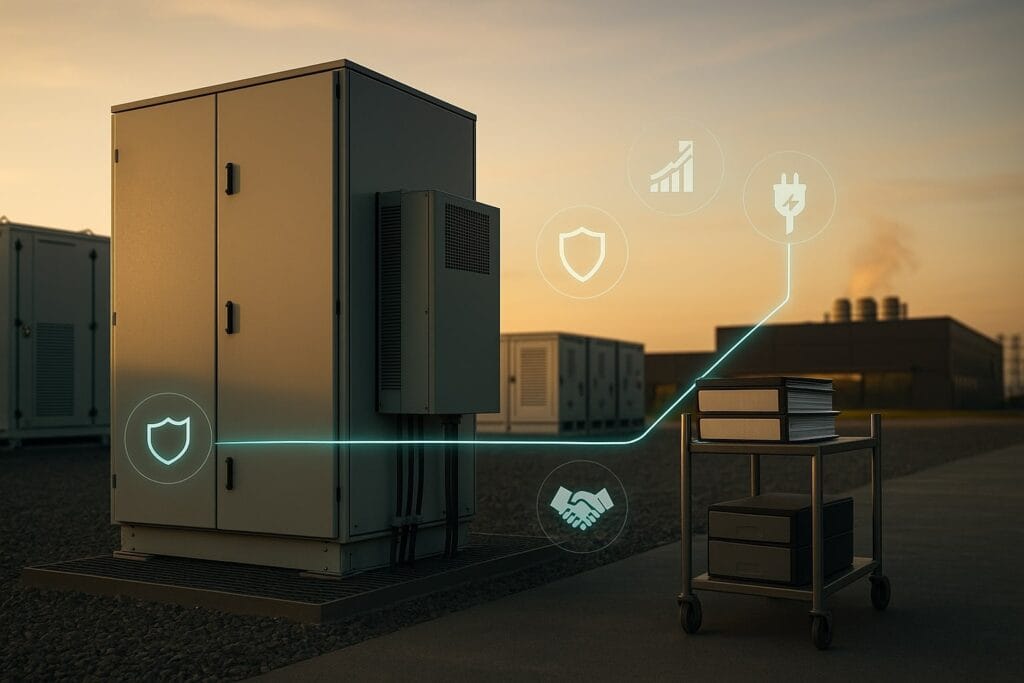
Policy is creating “buyers of last resort” — and a bigger sandbox
The fund also lands into a friendlier policy architecture for scale-ups. This week, Germany opened the pre-bid phase for its €6bn 2026 “climate contracts” (carbon contracts for difference) and, for the first time, made CCS/CCU eligible—a turning point for cement and steel where capture can be cheaper than full process redesign. Such tenders don’t replace private money; they stabilise revenues so growth investors can underwrite scale.
In the U.S., the EIA’s load upgrade and the DOE’s messaging on grid security underscore what developers already feel: reliability, controllability and interconnection speed now command premiums, creating room for software-defined power, advanced inverters, flexible load, and storage-as-infrastructure. EIP’s thesis—“energy and AI are intertwined”—is exactly that: smarter electrons before (and alongside) more electrons.
Competitive landscape: the wall of capital is real—but it’s not homogenous
EIP’s $1.36bn close sits amid a broader rearmament of energy-transition capital. Brookfield this week sealed $20bn for its second transition fund, skewed to long-dated infrastructure and control deals. The contrast is instructive: mega-infra funds want contracted assets; growth PE needs go-to-market velocity and fast learning curves. Expect them to converge—infra buyers increasingly carve out platform deals fed by growth investors who can de-risk technology and sales.
Where Fund III is likely to bite (and why)
- Distribution-level capacity without steel: Think non-wires alternatives, advanced protection and control, DER orchestration and flexible demand. These are capital-light, deployment-heavy plays that scale on contracts, not concrete, and map neatly to utility LP priorities.
- Behind-the-meter electrification that pencils today: Heat pumps remain the lowest-controversy climate investment when coupled with smart controls and new financing models. Quilt’s inclusion signals a consumer-grade wedge into load shaping.
- Worksite productivity for the build-out: Transmission and distribution are as much construction logistics as engineering. A portfolio bet like Site 2020 indicates EIP is underwriting the execution bottleneck, not just the technology.
- Flexibility and market access: GridBeyond-style platforms can aggregate megawatts of flexibility into dispatchable products—a near-term earnings engine while permitting backlogs stall new generation.
Risks: what could go wrong
- Rate risk and valuation drag. Higher for longer compresses growth-stage multiples and raises hurdle rates on project adjacencies.
- The AI demand mirage. Forecasts vary wildly; if hyperscaler demand slips or shifts geographies, paybacks on grid-adjacent upgrades could lengthen. The IEA’s base case is measured (data-centre demand near 3% of global electricity in 2030), but local hotspots can still distort planning.
- Delivery, not discovery. The constraint in 2025 is interconnection queues, skilled labour and siting. Funds that cannot materially help portfolio companies win permits, interconnect and hire will underperform—no matter how clever the tech.
The bigger picture: growth money that behaves like project equity (without pretending to be)
A fair critique of climate VC has been that it rarely writes the cheque that turns a technology into a plant. Fund III won’t single-handedly finance FOAK refineries or electrolyser valleys. But by lining up procurement-grade customers and growth equity at corporate level, it can unlock credit lines, LPO-style guarantees and CCfD-stabilised revenues—exactly the mix the DOE’s FOAK reviews show in successful case studies. In that sense, this is project enablement by other means.
What to watch next (signals that the thesis is working)
- Utility-backed offtake or master-service agreements attached to EIP portfolio names—especially where flexibility or grid visibility is monetised.
- Follow-on rounds that blend growth equity with structured debt, not just classic Series X. (Think supplier finance for heat pumps or aggregator balance-sheet facilities.)
- Policy handshakes: German-style CCfDs migrating to other EU markets (and state-aid clearances that include CCS/CCU), plus continued U.S. federal and state load-planning guidance.
- Secondary exits to infra buyers—Brookfield-type platforms buying scaled, revenue-dense operators spun up by growth funds.
Bottom line
Amid a genuine upswing in electricity demand and a fraught funding backdrop for capital-intensive climate tech, EIP’s $1.36bn Flagship Fund III is a bet that scale is now a go-to-market function. By pairing strategic utility LPs with growth-stage capital, the fund can shorten the path from pilot to procurement—and, in doing so, start to terraform the “missing middle” that has stalled too many FOAKs. It won’t replace public finance or mega-infra money. But if it catalyses customer-backed scale in grid and electrification plumbing, it will have done something more valuable: made the energy transition investable at speed.



